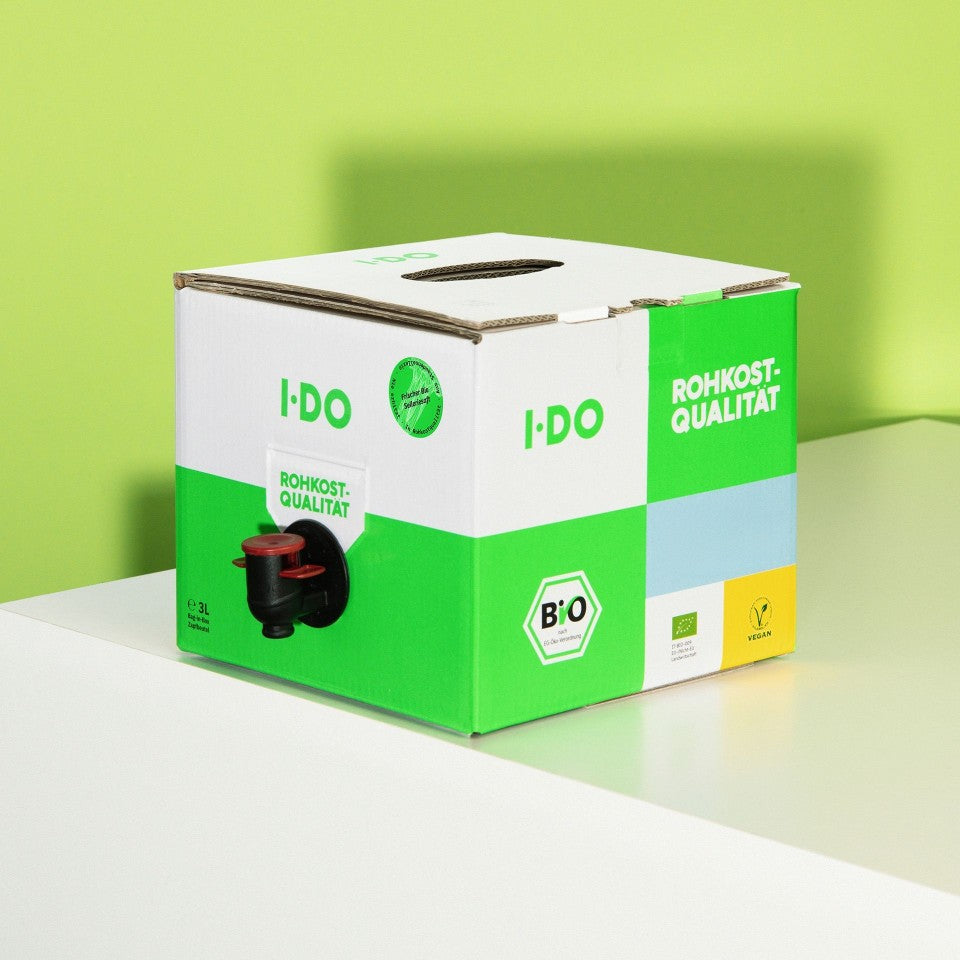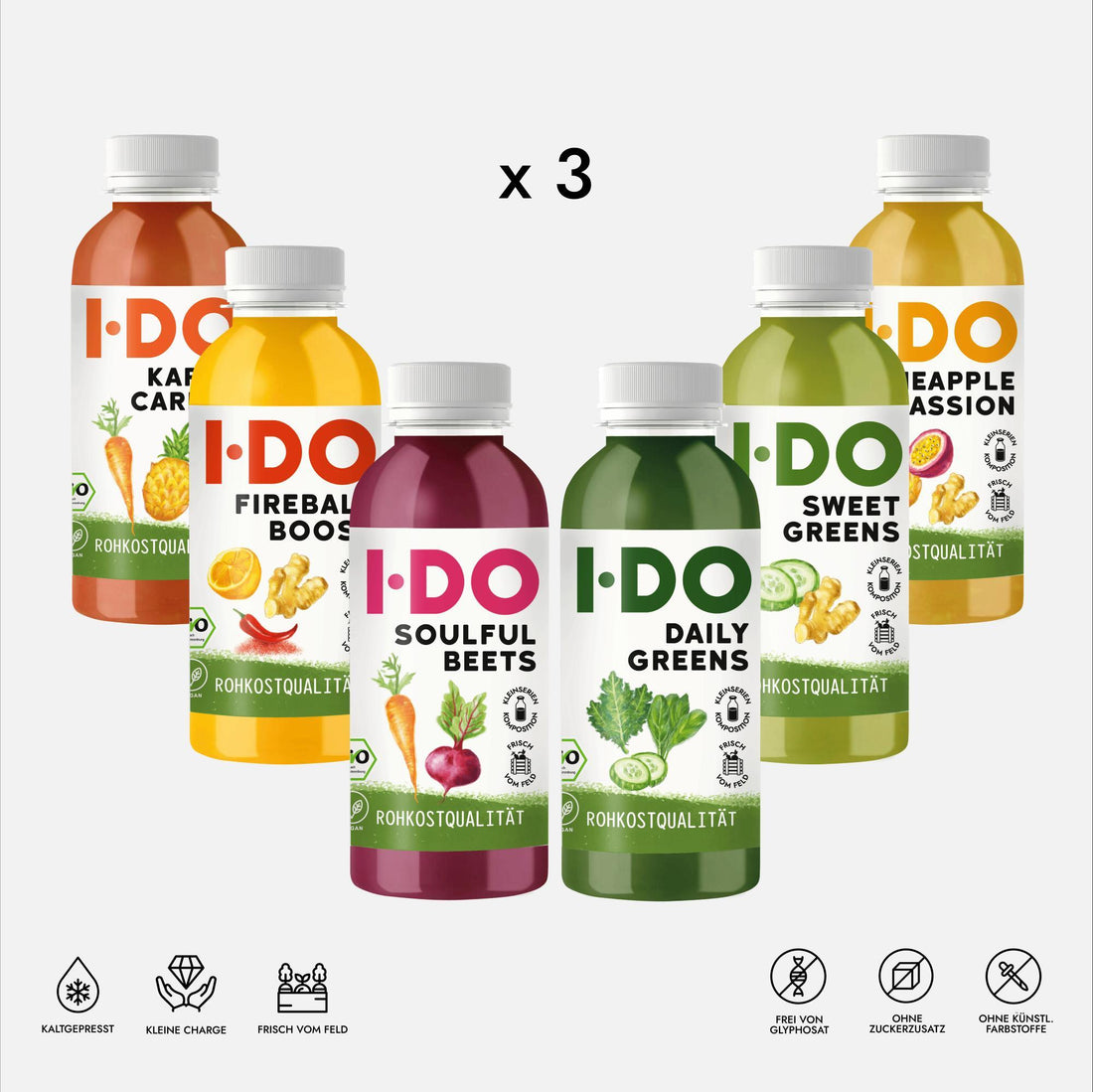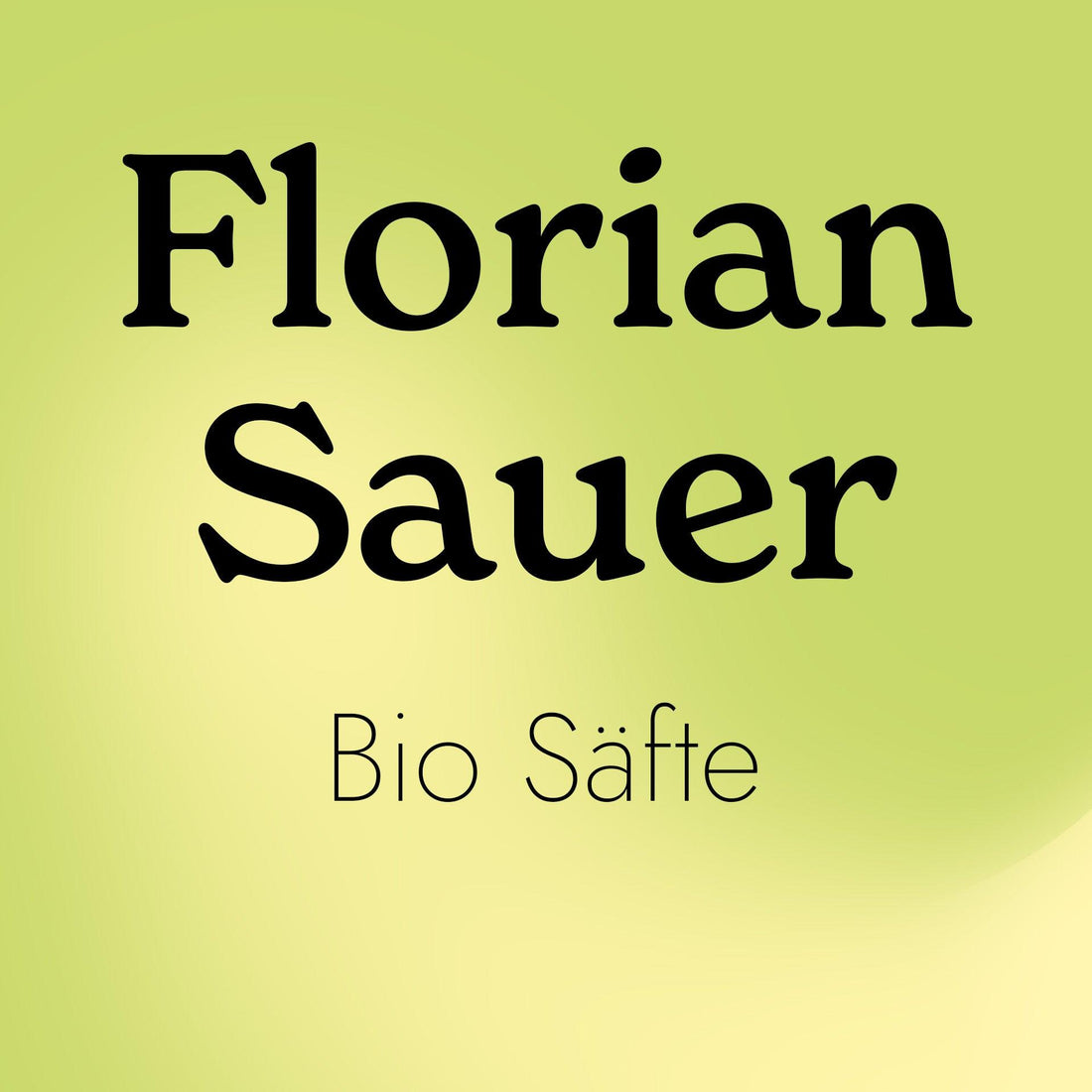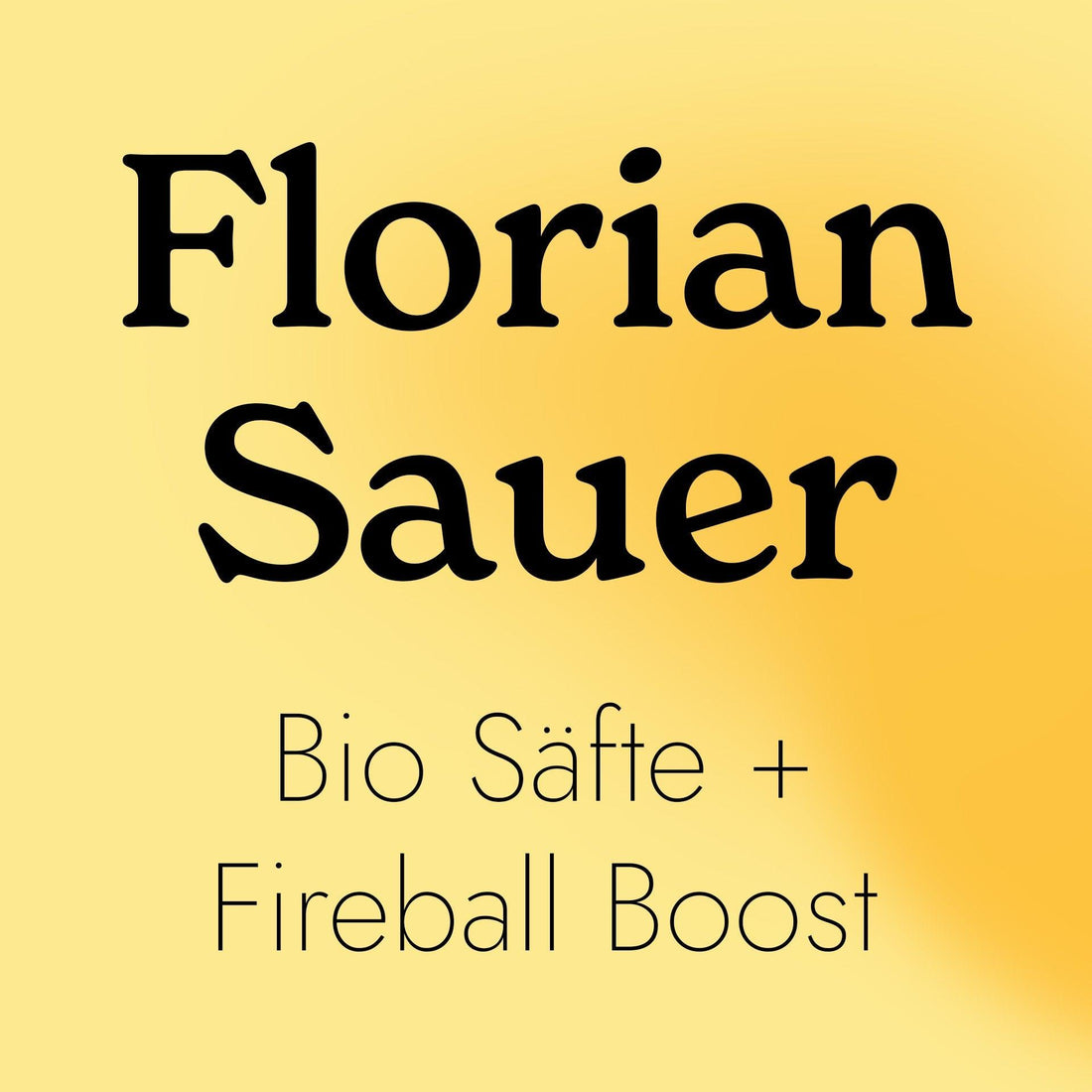The new year is already in full swing . Climate-friendly and sustainable nutrition is a key development in society this year, and experts agree that new food trends are emerging . But which ones will they be? We've compiled the three hottest trends for 2023 for you.
Food Trend 1: Plant-based
Of the most prominent food trends, plant-based food innovation is emerging as one of the most dominant in the coming years. Food industry researchers such as WGSN , Specialty Food Association , and the New Hope Network predict that plant-based products remain a very important trend for the food industry and will continue to grow.
A plant-based diet requires a bit more creativity (at least initially). The question arises: How can I consume all the vitamins and proteins I need while still enjoying my food?
At I DO, we love combining raw and roasted foods. Chickpeas, for example, are a great source of protein. We love them oven-roasted with delicious spices and then tossed in a salad with kale, sweet potato, quinoa, and a mustard dressing (see recipe at the end). Of course, we recommend pairing this with a fruity, cold-pressed juice to enhance the flavors and provide your body with plenty of nutrients. Our Soulful Beets Organic Raw Juice adds a fresh, vibrant touch to the salad's delicious flavors with its tangy beetroot and apple flavors.
It's also important to prepare your body for the transition to a plant-based diet. Experience shows that the body needs time to adjust to a different diet. But don't worry: We have a hack to make this process easier. The first step is to rid your body of all toxins and restore balance to all important digestive functions. For this, we recommend an I DO juice cleanse with cold-pressed organic juices to give your body a break and restore your physical and mental balance.
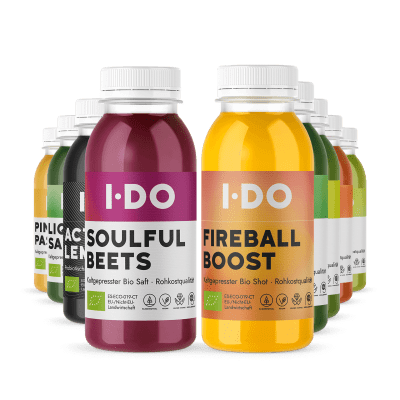
Start directly with a juice cleanse
Food Trend 2: Sustainable Food
For Zar, this food trend seems fairly natural, but his own diet is once again being seriously questioned. The decisions we make about our daily food intake have changed the environment. Forests around the world have been cleared to make room for livestock farming and the cultivation of fodder crops, while our oceans are becoming barren due to trawling and overfishing. Food production is not only the largest cause of wildlife loss but also contributes to climate change. About a quarter of global greenhouse gas emissions are caused by food production.
Sustainably produced food is therefore a hot food trend for consumers. A study by the Economist Intelligence Unit (EIU) found that demand for sustainable products increased by 71 percent in the five years to 2021. Below, we'll describe a few tips from the World Wildlife Fund (WWF) on how you can incorporate more sustainability into your eating habits:
1. Eat more varied foods
According to the Food and Agriculture Organization of the United Nations (FAO), approximately 75% of the world's food supply comes from just 12 plant and five animal species. These include:
Plants: Rice, corn, wheat, potatoes , soybeans, beans, yams, sweet potatoes, taro, barley, oats, sorghum
Animals: beef, poultry, pork, goat meat, sheep meat
However, the integration of a much larger number of plant and animal species into our diets is essential. Because the diversity lacking in agriculture when growing our food is also lacking in nature. This is not only a concern for the flora and fauna as well as the animals on our planet, but also a threat to our food security.
2. Make responsible choices for fish and seafood
Around 94% of fish stocks are overfished (34%) or fished at the most sustainable level (60%), and aquaculture also has its problems. Choose responsibly produced farms, eat lower in the food chain, and choose fish and seafood with lower CO2 emissions.
3. Avoid waste
Food waste is a major problem. 30% of the food produced worldwide ends up in the trash, which has serious consequences for the environment. If food waste were a country, it would be the third largest emitter of greenhouse gases after China and the USA. But it's easy to reduce food waste in your household: opt for loose goods so you only buy as much as you actually use and freeze what you can't eat. You can also take leftover food to a Fairteiler. These are publicly accessible drop-off points - food swaps, so to speak - where you can leave leftover food and/or take it away for free. These are run by the foodsharing association. There's sure to be a Fairteiler near you - take a look .
4. Avoid plastic
Plastic has infiltrated our world and our diets. Use a reusable bag when shopping, choose packaging-free fruits and vegetables and other unpackaged foods wherever possible, and demand that brands and retailers that continue to use plastic find better alternatives.
5. Eat seasonally
If possible, include seasonal produce from a farm shop or local greengrocer in your diet. This way, you not only support local farming, but also get to know local producers and gain valuable knowledge about seasonal foods.
Food Trend 3: Regenerative Food: Not only organic is sustainable
This food trend is important for our future environmental decisions. Food is part of nature, and nature is fundamentally regenerative—it can renew itself. For billions of years, organisms have grown, flourished, and died in living systems, becoming food for a renewed cycle. However, the way we produce food today is a major cause of climate change and biodiversity loss. It relies on ever-increasing amounts of synthetic fertilizers, pesticides, fossil fuels, freshwater, and other finite resources. This pollutes and damages both our entire ecosystem and our health. The extensive use of antibiotics in agriculture is also causing disease-causing microorganisms to become resistant to medication.
But if we redesign our food system to better reflect the natural cycle and serve nature, people, and all living organisms, we can make a huge positive impact. And you, too, will be on the path to a happier and healthier life once you discover that sustainably grown food is better for you, your family, and the environment.

Salad with kale, sweet potato and quinoa
Ingredients
For the salad:
1 large sweet potato
3 carrots
2 tbsp coconut oil, melted
salt and pepper
1 cup water
½ cup dry quinoa, rinsed
¼ cup sliced almonds
¼ cup pumpkin seeds
2 small bunches or 1 large bunch of kale, shredded
For the dressing:
2 tbsp Dijon mustard
¼ cup apple cider vinegar
2 tbsp fresh lemon juice
2 tbsp maple syrup
¼ cup grapeseed oil or extra virgin olive oil
A pinch of salt
preparation
Preheat oven to 200°C. Cut the sweet potato and carrots into small pieces and season with melted coconut oil, salt, and pepper. Place the vegetables on a baking sheet and roast for about 30 minutes.
Meanwhile, combine the water and quinoa in a pot and bring to a boil. Then reduce the heat and simmer the quinoa, covered, for 15 minutes until the seeds burst. Then remove the pot from the heat and let it steam, covered, for a while longer.
Finally, roast the almonds and pumpkin seeds (optional) in a dry pan over medium heat until they are golden or fragrant.
For the dressing, mix the mustard, vinegar and lemon juice in a small bowl and drizzle in the oil.
Finally, combine the roasted vegetables, quinoa, almonds, and seeds in a bowl and drizzle the dressing over your finished salad. Enjoy! :)







